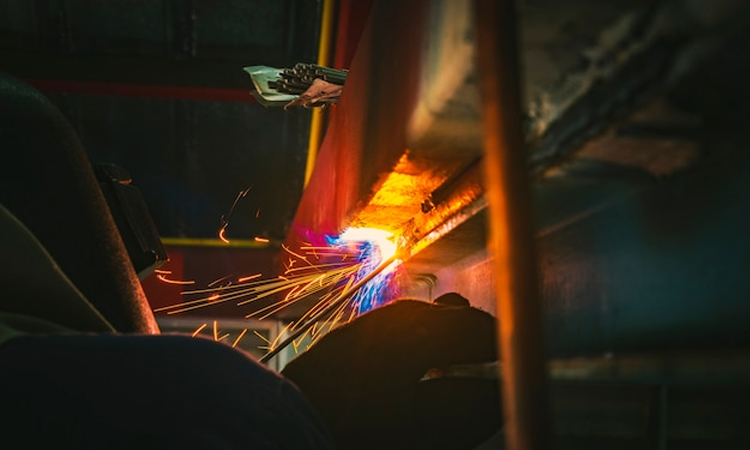The metal forming industry plays a vital role in manufacturing, shaping components for industries like automotive, aerospace, construction, and energy. As industries evolve to meet new challenges, advancements in technology, materials, and processes are driving transformative changes in the metal forming sector. Here are the key trends shaping its future.
Automation and Industry 4.0 Integration
The adoption of automation and Industry 4.0 technologies is revolutionizing metal forming processes. Smart factories equipped with interconnected machines and IoT sensors enable real-time monitoring, predictive maintenance, and data-driven decision-making. Automation reduces human error, increases efficiency, and ensures consistent product quality, making production lines more competitive and agile.
Advanced Forming Technologies
Innovations in forming techniques, such as hot forming, hydroforming, and incremental sheet forming, are enhancing production capabilities. These methods enable the manufacturing of complex geometries with improved precision and minimal material waste. For example, hot forming is widely used in automotive manufacturing to produce lightweight, high-strength components critical for modern vehicles.
Sustainability and Green Manufacturing
Sustainability has become a cornerstone of the metal forming industry. Companies are adopting eco-friendly practices, including energy-efficient equipment, recycling scrap materials, and using lubricants with minimal environmental impact. Efforts to reduce the carbon footprint of metal forming align with stricter environmental regulations and growing consumer demand for sustainable products.
Advanced Materials and Lightweighting
The development of advanced materials, such as high-strength steels, aluminum alloys, and composites, is reshaping the industry. These materials are essential for lightweighting initiatives, especially in the automotive and aerospace sectors, where reducing weight improves fuel efficiency and reduces emissions. Metal forming processes are adapting to handle these advanced materials without compromising strength or performance.
3D Printing and Additive Manufacturing Integration
The integration of additive manufacturing with metal forming is revolutionizing design possibilities. Hybrid manufacturing systems allow for the production of complex structures that combine additive and forming techniques. For example, 3D-printed preforms can be refined using traditional metal forming, ensuring precision while reducing material waste.
Customization and Flexible Manufacturing
The demand for customized products is driving the adoption of flexible manufacturing systems. Modern metal forming equipment is designed to handle diverse production requirements, from small batches to high-volume runs. This adaptability allows manufacturers to cater to niche markets while maintaining cost efficiency.
Simulation and Digital Twins
Simulation tools and digital twin technology are becoming indispensable in metal forming. These tools enable manufacturers to model and optimize processes before physical production begins, reducing trial-and-error costs and accelerating product development. Digital twins also help monitor performance and ensure process stability.
Artificial Intelligence and Machine Learning
AI and machine learning are being leveraged to optimize metal forming operations. These technologies analyze production data to predict equipment failures, recommend process improvements, and enhance quality control. As AI advances, its role in achieving fully automated, intelligent forming systems will grow.
The future of the metal forming industry is defined by innovation, sustainability, and technological integration. From advanced materials to smart manufacturing systems, these trends are enabling manufacturers to meet modern challenges with greater efficiency and precision. As industries demand more complex and sustainable solutions, the metal forming sector is poised to play an even more critical role in global manufacturing ecosystems.
Image courtesy : Design by Freepik



